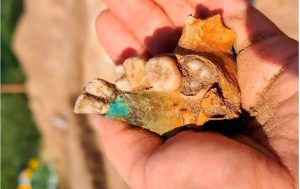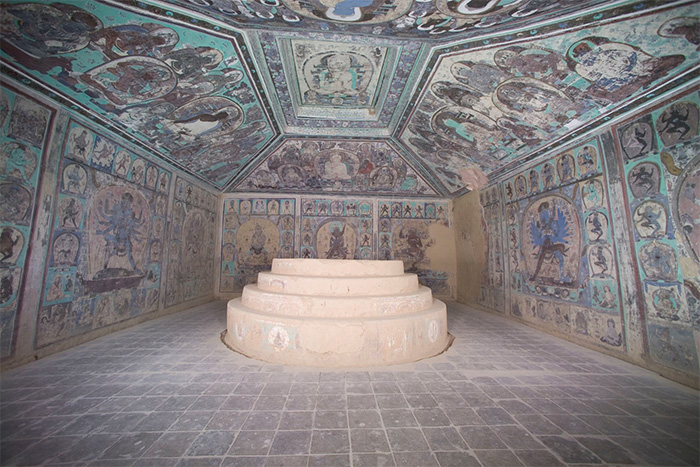Unearthed: Historical Child Burial with Unique Triangular Padlock
Archaeologists from the esteemed Institute of Archaeology at Nicolaus Copernicus University (NCU) have recently brought to light a distinctive discovery—an interred child found with an intriguing triangular padlock. This significant find unfolded near the village of Pnie, nestled within the Pomeranian Voivodeship in Northern Poland. The burial, which traces its origins back to the 17th century, shares proximity with a previous finding from 2022—a burial where a sickle was positioned over the neck to prevent any hypothetical transformation into a vampire.
The notion of bloodthirsty entities or demonic beings consuming human life force is a theme woven into the myths and folktales of diverse civilizations across epochs. Particularly during the late 17th and 18th centuries, tales of vampires proliferated in the oral traditions and narratives of various European communities.

These accounts described vampires as revenants, souls of the damned, witches, or those victimized by vampiric forces. The 18th-century Eastern European landscape experienced a surge in vampire sightings, coupled with exhumations and staking practices to counter potential revenants. This period earned the moniker “18th-Century Vampire Controversy.”
In the present discovery, the child’s burial was initially conducted with the body facing downward—an act designed to prevent any hypothetical ascent from the grave. Subsequently, most of the remains were removed, with only the lower leg remaining, secured beneath the heel by a padlock.
Dr. Dariusz Polinski, an authority from Nicolaus Copernicus University, expounds that the placement of the padlock served as a symbolic safeguard between the living and the deceased, signifying the final chapter’s closure.
In close proximity to this child’s resting place, archaeologists encountered a pit containing the remains of three children. Notably, within the pit, a fragment of a jaw exhibited a distinct green discoloration, whose elemental analysis revealed traces of gold, potassium permanganate, and copper.
Scholars speculate that this staining might be linked to a concoction, potentially used in a bid to treat notions of “vampirism.” The broader context of the cemetery suggests that it may have functioned as a final resting place for individuals ostracized by society during their lives and beyond.
In essence, this excavation uncovers an intricate narrative interwoven with historical practices, beliefs, and rituals—an invaluable addition to the ongoing exploration of our shared human heritage.




